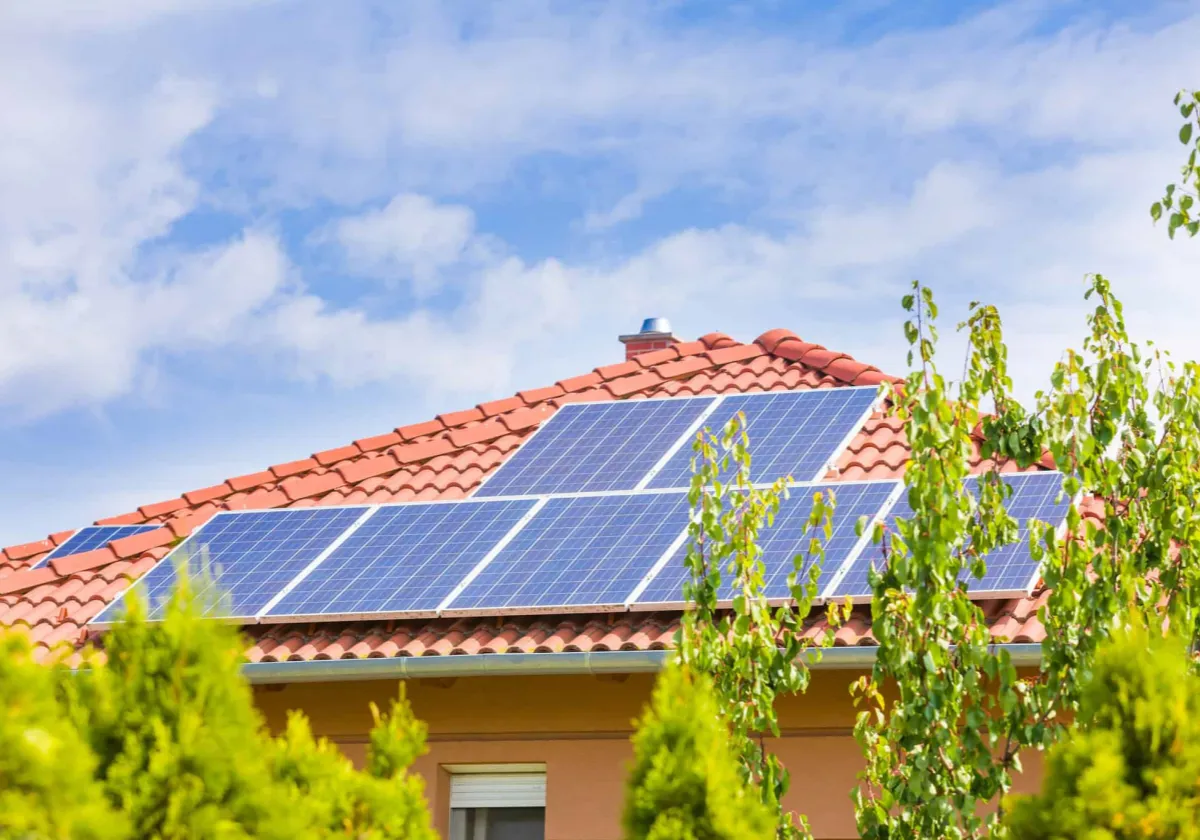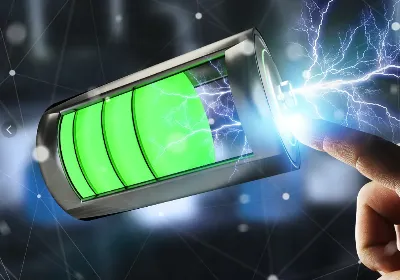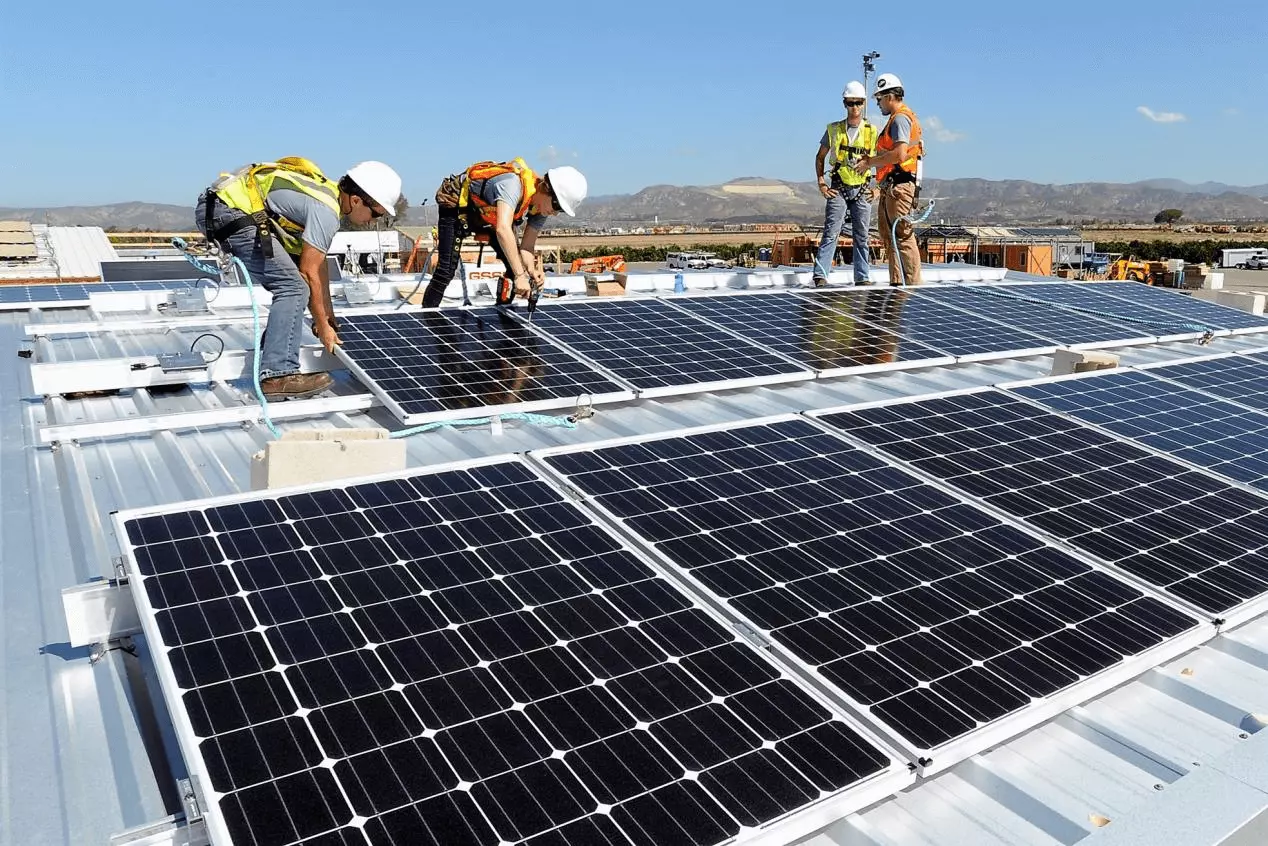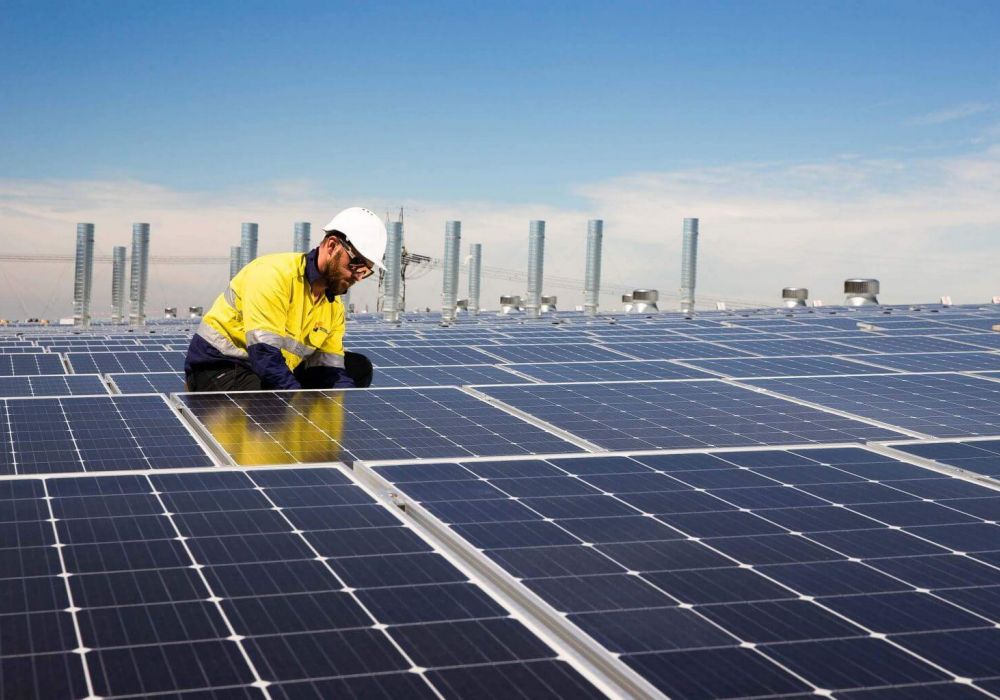Solar Inverter Technical Trend and Market Analysis
Solar Inverter Technical Trend and Market Analysis
Technical Trend: Power modular acceleration group skewers penetration, new and replacement demand resonance
Photovoltaic inverter is the control center of the photovoltaic power generation system. It can convert the DC electricity generated by the component into AC power to achieve grid -connected or load. The photovoltaic inverter is mainly composed of power conversion modules, microcomputer control modules, EMI modules, protection circuits, monitoring modules, human -computer interaction modules, etc. It depends on the development of electronic circuit technology, semiconductor device technology and modern control technology. All the electricity sent by photovoltaic components must be processed by the inverter to output. Therefore, the inverter is the core BOS device of the photovoltaic power generation system.

Photovoltaic inverters can be divided into central, string and micro inverters according to their working principles. Due to the different working principles of various inverters, the application scenarios are also different:
(1) Centralized inverters first confluence and then invert, and are mainly suitable for large-scale centralized power plants with uniform illumination. The centralized inverter firstly fuses multiple parallel strings to the DC input end, and after the maximum power peak tracking is performed, it is then converted into AC power centrally, usually with a single unit capacity of more than 500kw. Due to the high integration degree and high power density of the centralized inverter system, the cost is low, and it is mainly used in large-scale workshops with uniform sunshine, desert power plants and other large-scale centralized photovoltaic power plants.
(2) The string inverter first inverts and then fuses, which is mainly suitable for scenarios such as small and medium-sized rooftops and small ground power stations. The string inverter is based on the modular concept. After the individual maximum power peak tracking of 1-4 PV strings is performed, the DC power generated by it is first converted into AC power, and then boosted and connected to the grid. Therefore, the power Relatively centralized type is smaller, but the application scenarios are more abundant. It can be applied to various types of power stations such as centralized power stations, distributed power stations and rooftop power stations. The price is slightly higher than that of centralized power stations.
(3) The micro-inverter is directly connected to the grid, which is mainly suitable for household and small distributed scenarios. The micro-inverter tracks the maximum power peak value of each photovoltaic module independently, and then merges it into the AC grid through the inverter. Compared with the previous two inverters, it has the smallest volume and the smallest power. It is mainly suitable for distributed household and small distributed industrial and commercial rooftop power stations, but the price is high, and it is difficult to maintain once a fault occurs.
(3) The micro-inverter is directly connected to the grid, which is mainly suitable for household and small distributed scenarios. The micro-inverter tracks the maximum power peak value of each photovoltaic module independently, and then merges it into the AC grid through the inverter. Compared with the previous two inverters, it has the smallest volume and the smallest power. It is mainly suitable for distributed household and small distributed industrial and commercial rooftop power stations, but the price is high, and it is difficult to maintain once a fault occurs.
Benefiting from the increase in the proportion of distributed generation and the accelerated penetration of large-scale power plants, the market share of string inverters has gradually increased. According to GTM statistics, the global string inverter market share in 2019 was 52%, an increase of 11 pct compared to 2015. According to CPIA statistics, the market share of domestic string inverters in 2020 is 67%, an increase of 34.5 pct compared to 2016. The specific reasons are as follows:

(1) The string scheme is the first choice for distributed photovoltaic power generation, and the increase in the proportion will directly drive the increase in the share of the string:
The centralized photovoltaic power station has large investment, long construction period and large area, and is mainly built on large ground with uniform illumination. The centralized photovoltaic power station can make full use of the abundant and stable solar energy resources in the open space. Through the construction of large-scale photovoltaic power stations, it is connected to the high-voltage transmission system to supply long-distance recombination. power and agree to allocate power to users.
Distributed photovoltaic power plants have low investment threshold, fast construction, small footprint and flexible installation, which are the main directions of future photovoltaic development. Distributed power generation refers to the power supply system located near the user’s location. In addition to the user’s own use and nearby use, the power produced by it can also send excess power to the local distribution network. Due to the characteristics of dispersion and low energy density of solar energy resources, it has the natural advantages of distributed power generation. Due to the low threshold for centralized investment, the willingness of high electricity price users in parks, large industries, industrial and commercial sectors to utilize distributed power generation is increasing, which directly promotes the gradual increase in the market share of string inverters.

(2) The advantages of MPPT enabling and maintenance convenience of string inverters are obvious. With the increase of single-unit power, the gradually narrowing and centralized price difference will accelerate the penetration of the large-scale power station market: string inverters have high power generation and high reliability, high safety, easy installation and maintenance, etc. When a module is blocked by shadows or fails, but because of the multi-channel MPPT, it will only affect the power generation corresponding to a few strings, which can minimize damage. The array mismatch loss is small and the efficiency is higher, and it is gradually applied in the large-scale power station market.v
The main reason why string inverters have not been able to replace centralized inverters on a large scale before is that the cost is high, and the maximum power of a single unit is also limited by power devices and circuit layout. Iterative upgrades, the continuous development of superimposed power module technology, the continuous improvement of the power density of a single unit of string inverters, the rapid decline of prices, and the outstanding cost performance, more and more large-scale power plants choose to use string inverters. According to PV-tech statistics, among the domestic central SOE inverter centralized procurement projects announced in 2020, the bidding ratio of string inverters reached a new high, accounting for 74%.

The demand for “addition + replacement” accelerates the outbreak of the photovoltaic inverter market. Unlike the 25-30-year service life of photovoltaic modules, the service life of electronic components such as IGBTs used in photovoltaic inverters is generally 10-15 years, so the inverter needs to be replaced at least once during the operating cycle of photovoltaic power plants. In 2010 At that time, the new installed capacity of photovoltaics in the world has reached 17.5GW. As more photovoltaic power plants enter the period of technical transformation of the stock, the replacement demand will continue to grow.






